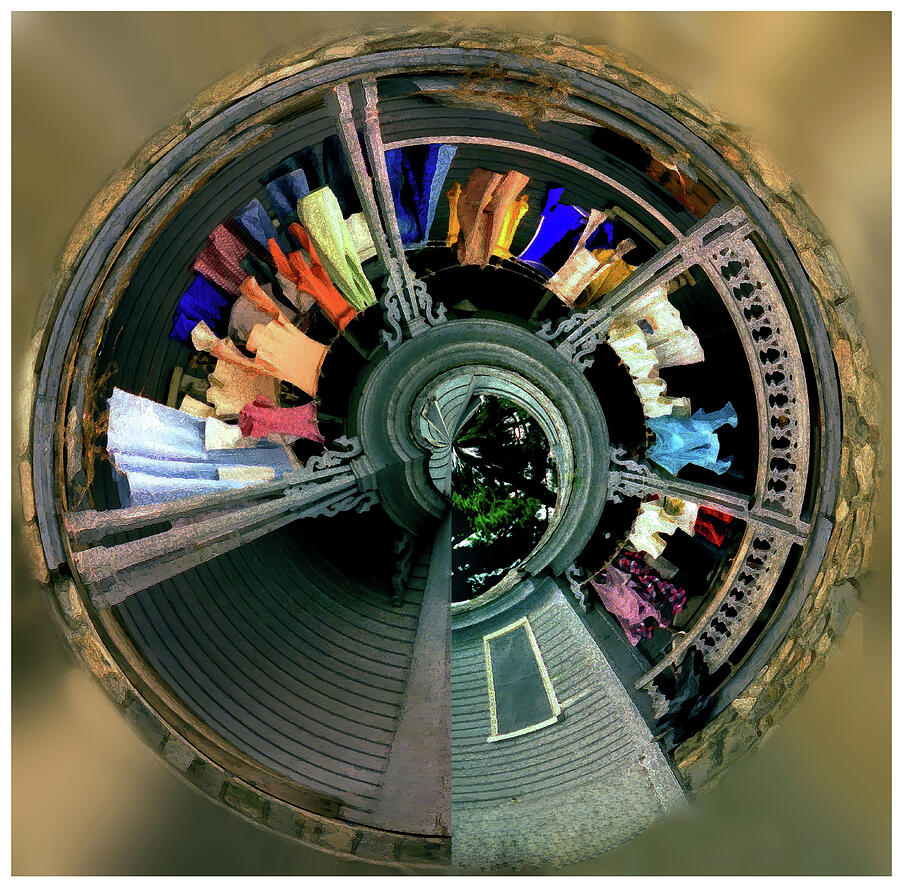It may seem redundant to talk about the importance of light to creating emotional appeal in a photograph. After all, photography is all about light. But how the light is used is what distinguishes between a good photo and an extraordinary one. For example any one of the three major elements in the image, below, without the others would not have the emotional impact. Add in either the stream of light or the smaller window and the image would be stonger, but the juxtaposition of the large and small light sources and the spreading light across the rich wood floor makes the sum of the whole even stronger.

The juxtaposition of the large and small light sources
make this image more interesting than the simple - yet
still interesting - image of the window and its spreading light.
Other Approaches Using the Same Subject
Light and form and the juxtaposition of these themes are the principle aspects of the image above; though color is also arguably an important aspect of the image from the warm browns in the floor to the cooler blues and greens of the window light.
But how else could the same subject be utilized to create a different work of art that embraced other virtues or at least emphasized other aspects? The two images below provide some insight into this. These images were created using the very same arch window - making it the singular form within the image. To capture a different vision, the subject remained essentially the same, while the composition and treatment of the image was changed.
The images below provide two different compositional view of the subject. Each was then converted to a black and white image, printed on watercolor paper and painted using watercolors to provide two unique pieces that were then scanned to created an archived image.

Arched window with pink curtain
Arched Window with blue curtain, this image places
less emphasis on the negative space.
Each image stands alone as an individual work of art, despite the fact that the original photographs were all captured in a period of about 30 minutes.






No comments:
Post a Comment